You are here
New Releases
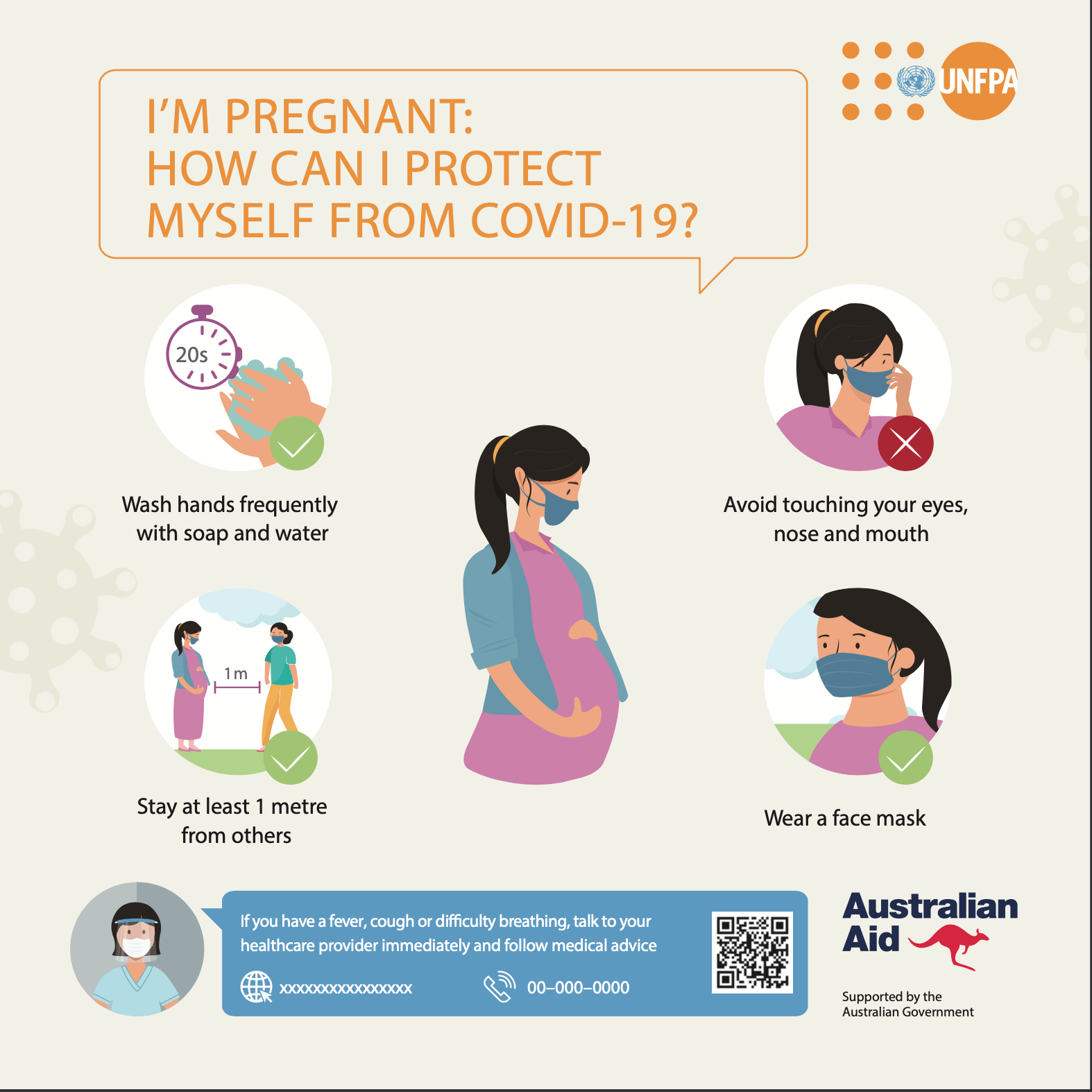
Maternal Health and Covid-19 Response Section1
Maternal Health and Covid-19 Response Section1

Maternal Health and Covid-19 Response Section2
Maternal Health and Covid-19 Response Section2

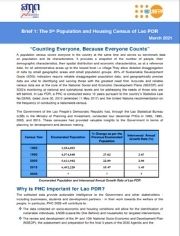
Brief 1: The 5th Population and Housing Census of Lao PDR
“Counting Everyone, Because Everyone Counts”

Brief 1: The 5th Population and Housing Census of Lao PDR
“Counting Everyone, Because Everyone Counts”
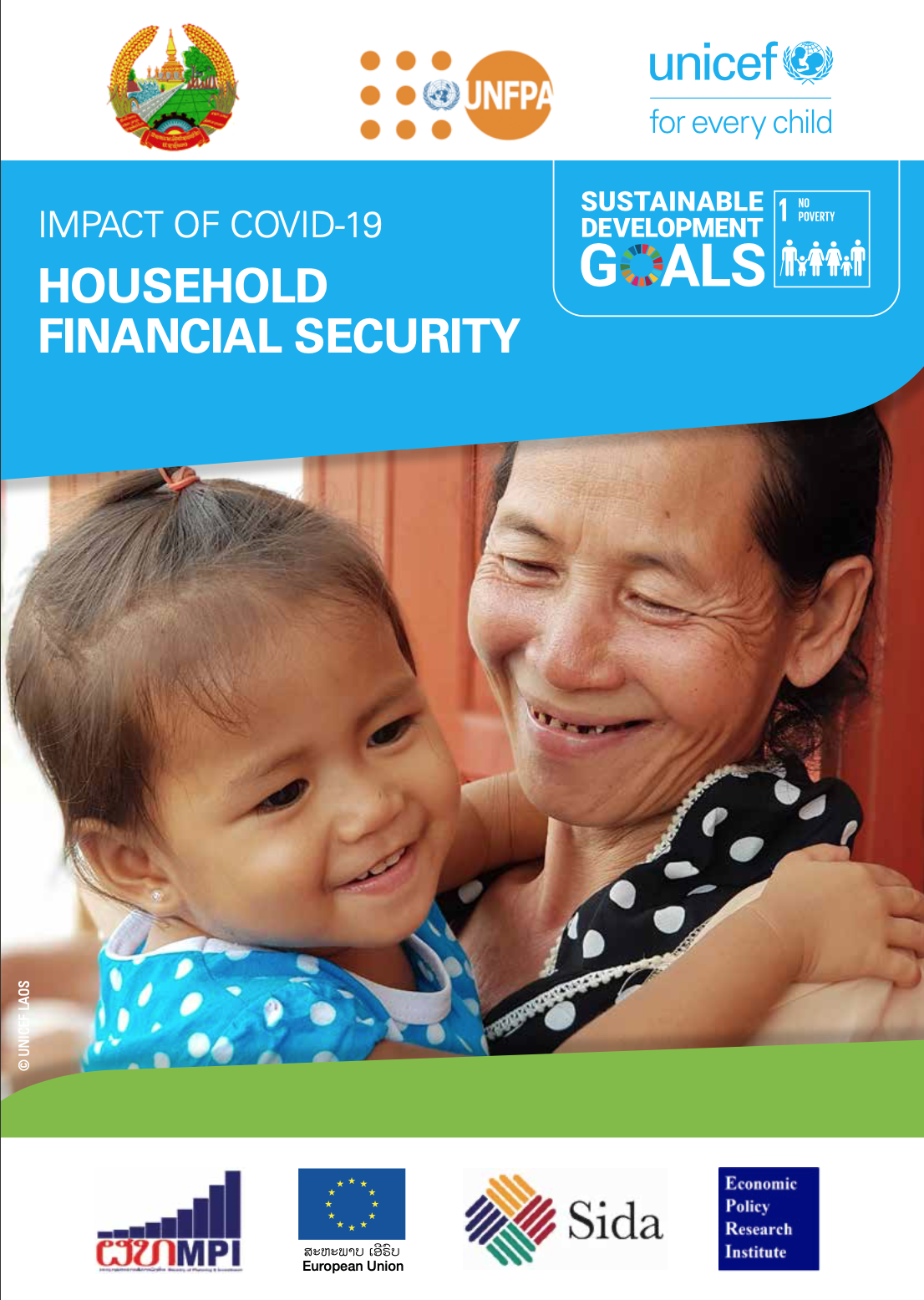
IMPACT OF COVID-19 HOUSEHOLD FINANCIAL SECURITY
The global shock triggered by the COVID-19 pandemic has had a direct impact on Lao PDR’s economy in 2020. Lao PDR is expected to see a growth contraction, with an expected GDP growth rate between -1 per cent and -1.8 per cent.1 The sectors most at risk include tourism and hospitality services, manufacturing (garment sector), arts and entertainment and transportation, with indirect effects of the lockdown measures on agriculture and fisheries. Within and across industries, small and medium enterprises, the self-employed, and daily wage earners are being hit the hardest.
Households associated with these sectors are at a high risk of losing their livelihoods or suffering catastrophic economic losses in the short-term; in the long-term there will be impacts on poverty and vulnerability.
Women in Lao PDR are more likely to work in high-risk sectors due to COVID-19 (e.g., the entertainment sector, garment industries, tourism, and related industries) and more likely to engage as daily wage, migrant, or informal workers. On average, women in Lao PDR already earn 20 per cent less in hourly wages than men, in part due to lower rates of secondary school completion and high adolescent fertility rates.3 These factors put working women and those relying on them at high risk of poverty and deprivation.
Job and income losses are most prevalent in the short to medium term for those in the tourism and manufacturing sectors due to movement restrictions and the global lockdown. For migrant workers, the loss of income may be more prolonged, and the cost of job searches higher once countries open borders.
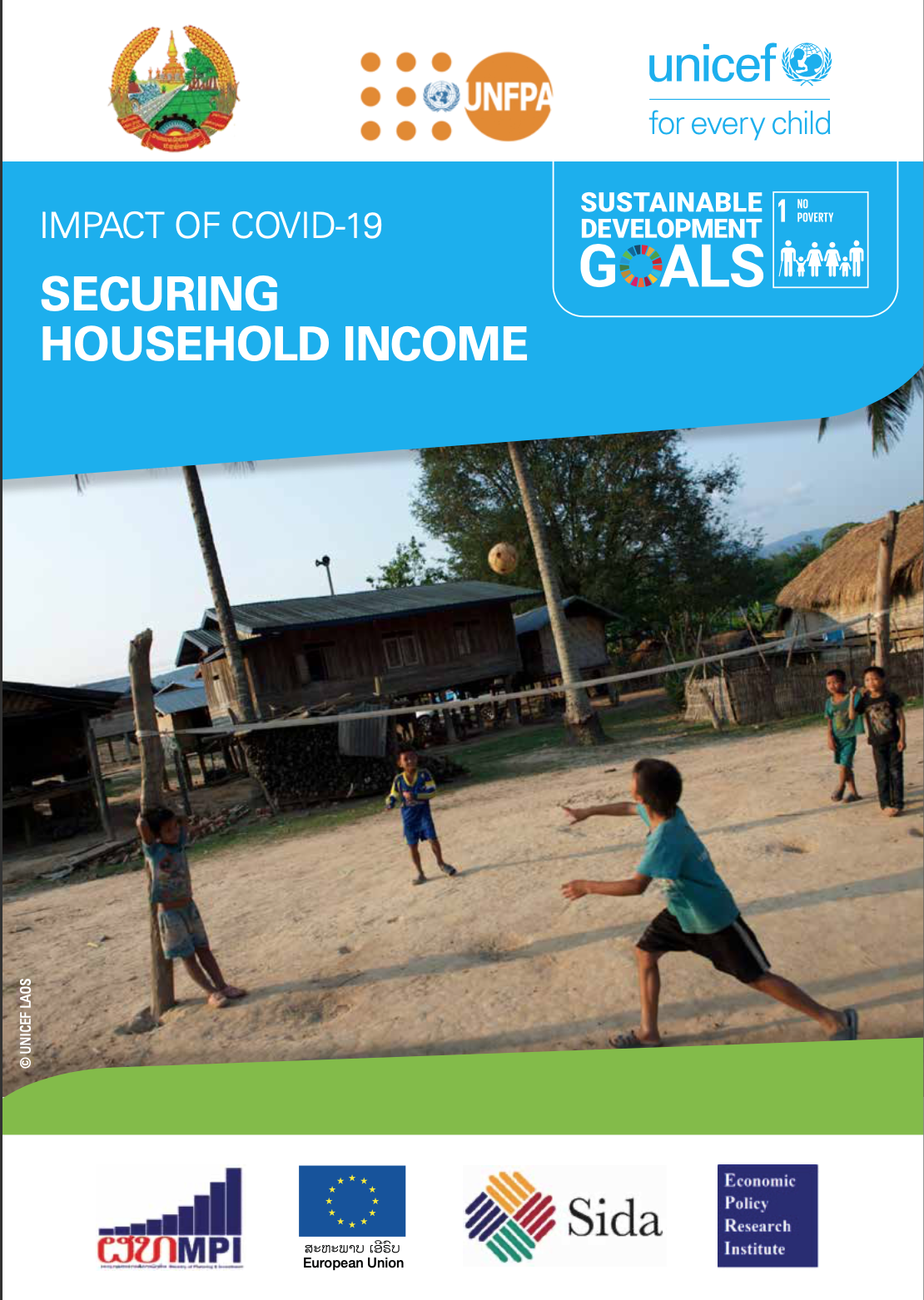
IMPACT OF COVID-19 SECURING HOUSEHOLD INCOME
According to the Lao PDR Expenditure and Consumption Survey (LECS) of 2012/13, the national poverty headcount rate has declined by about 50% since 1992/31 - 23.2% (from 33.5% in 1992/93) of the population still living under the federal poverty line, and as many as about 80 per cent of the population still lives dangerously close to the poverty line (under USD 2.50 per day) with a 10% likelihood of falling back into poverty without a shock of the COVID-19 pandemic’s magnitude.2 Akin to trends elsewhere, poverty tends to be concentrated in rural areas, with specific ethnic dimensions. The poverty rate is the highest among the Mon-Khmer (42.3 per cent) and Hmonglu-Mien (39.8 per cent) ethnic groups.
In households where livelihoods are severely affected, the COVID-19 shock could enhance the intergenerational transmission of poverty in two ways. First, as a coping strategy, caregivers could be forced to reduce spending on children’s education and health. Given the centrality of education for labour productivity and finding employment in the formal economy, these shocks could increase the number of children experiencing multidimensional poverty and reinforce poverty traps. Children who are born into poverty often face layers of suffering such as malnutrition, illness, and limited social capital. This makes upward social mobility extremely difficult, and in the absence of adequate social welfare nets, poverty tends to reproduce itself.
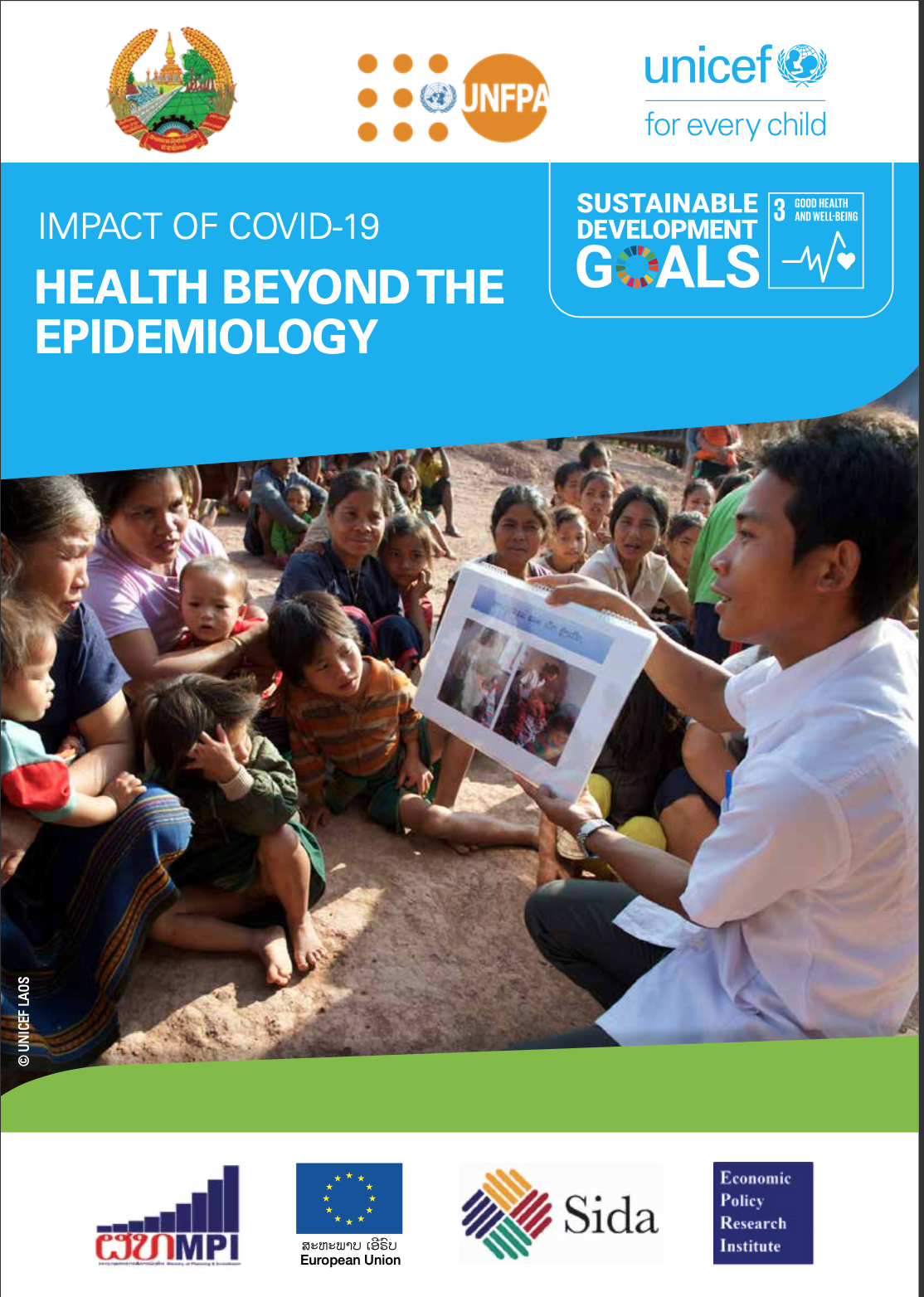
IMPACT OF COVID-19 HEALTH BEYOND THE EPIDEMIOLOGY
The COVID-19 pandemic has created havoc across continents and demonstrated the global exposure to local health shocks.1 Lao PDR has been protected from the epidemiological impact of the disease thus far, but there is consensus among experts that the crisis is far from over. As countries suffer multiple outbreaks, and some struggle to contain these outbreaks, easing mitigation measures that expose the country to international travellers, for example, will bring a further risk of contagion and widespread infections.
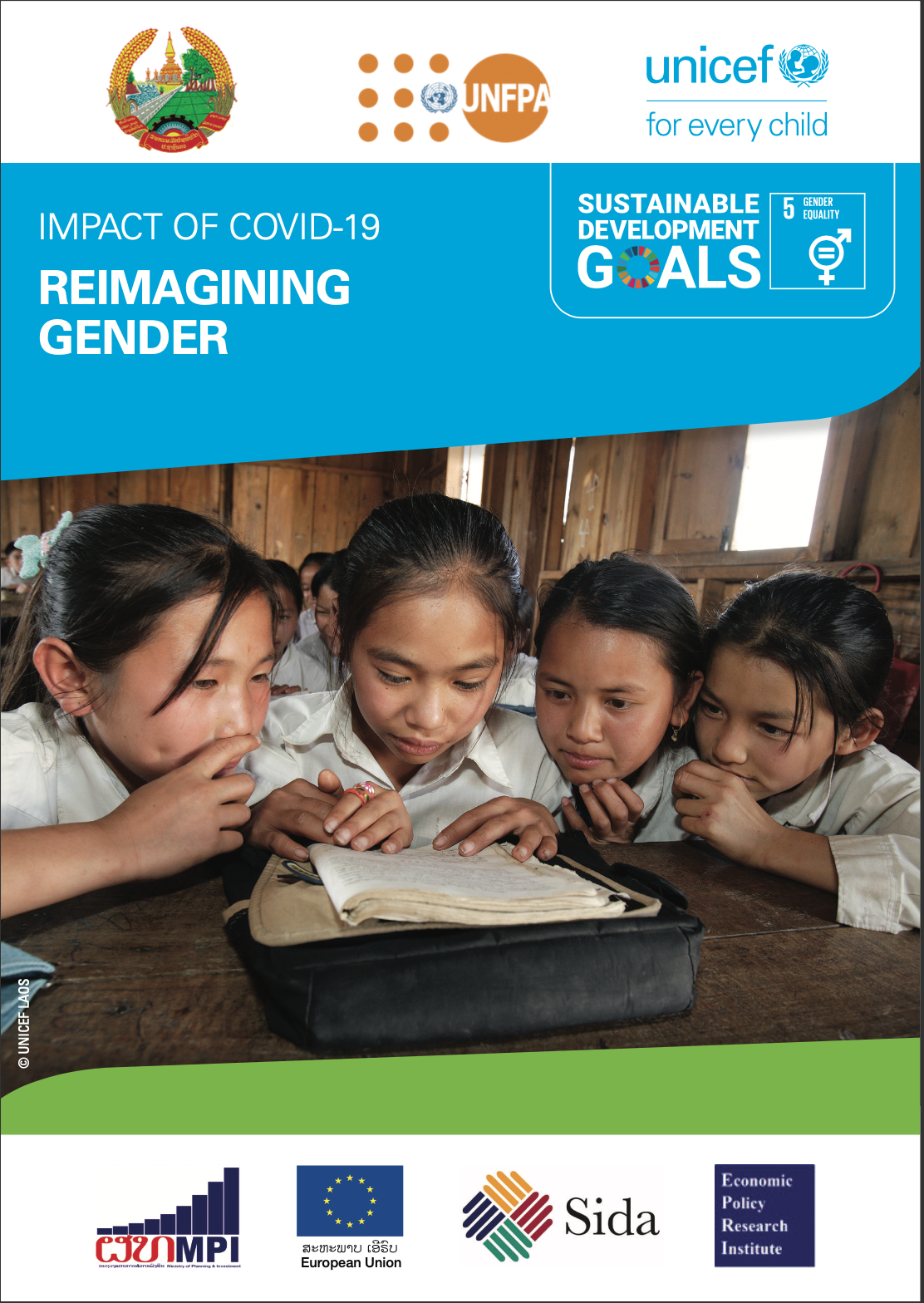
IMPACT OF COVID-19 REIMAGINING GENDER
The gendered impacts of infectious disease outbreaks have been well-documented in the most recent epidemics, such as Zika, SARS and Ebola. Ebola demonstrated the powerful effects of the combination of a health and economic shock, and the effects of public health measures on women. The COVID-19 pandemic has exposed both the higher incidence and intensity with which women experience poverty and vulnerability compared to men.
Impacts of COVID-19 on livelihoods, poverty, health, food security and nutrition are being felt globally, but for women, women-led households and young adolescent girls and children, the gravity of impact is far higher. The heightened risk is either an outcome of structural differences between the livelihood sources of men and women or the impact of gender bias on access to basic goods and services. The gendered differences in access to human capital accumulation opportunities (i.e., health and education), agency and economic opportunities are fuelled by unequal social norms and power structures. Gender norms and practices collectively predisposition women for worse outcomes. The COVID-19 pandemic has exposed the depth and extent of these gender inequalities that persist in many societies across the globe.
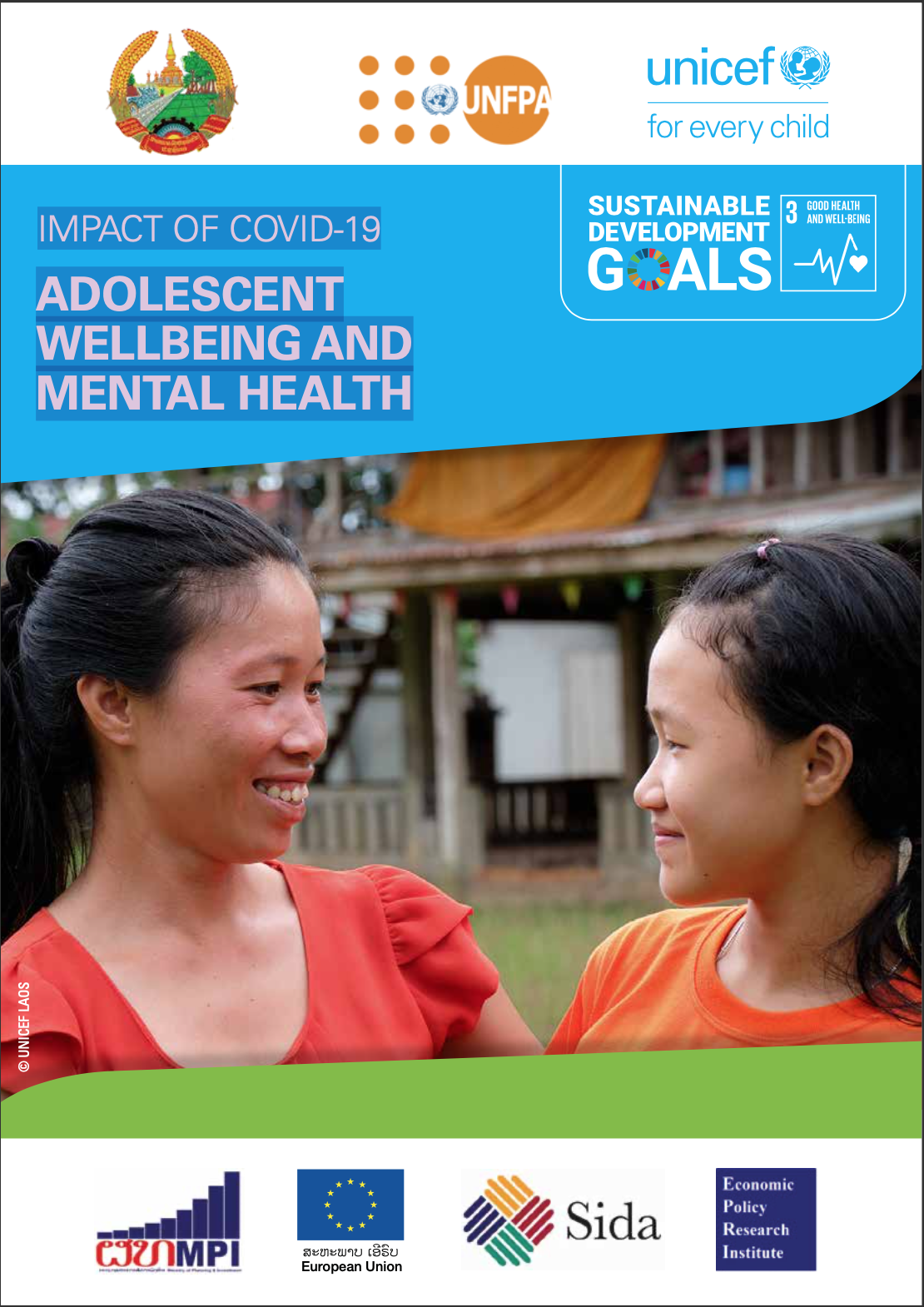
IMPACT OF COVID-19 ADOLESCENT WELLBEING AND MENTAL HEALTH
The COVID-19 pandemic has disrupted the lives of adolescents and young people, worsening their prospects for social and economic advancement. The adverse impacts on education, employment, physical and mental health, and wellbeing of populations are unfolding rapidly and in an unpredictable manner. Urgent action is necessary to mitigate the severe and long-lasting impacts from the pandemic and secure the future of adolescents.